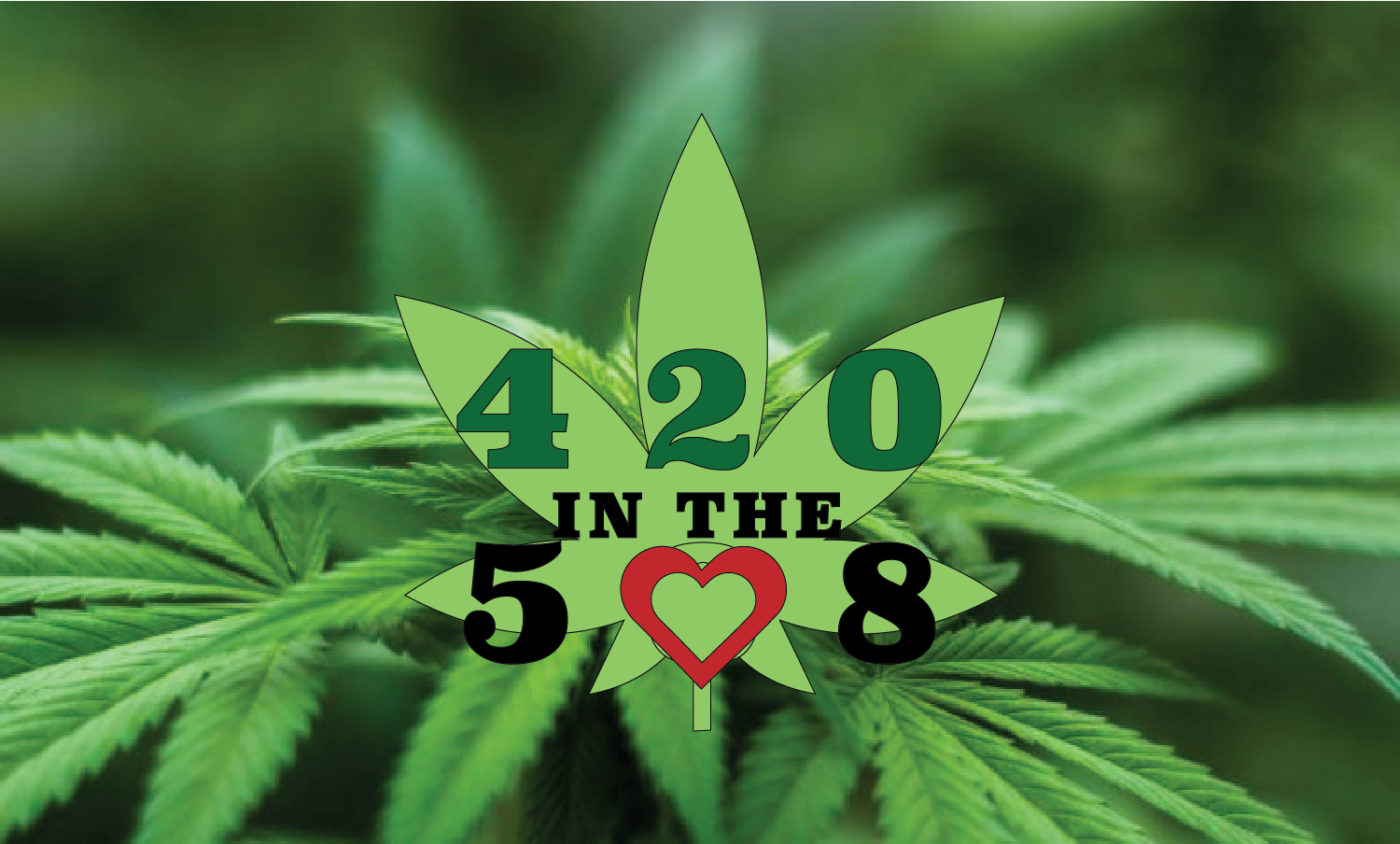From Japan to India to Egypt
By Alicia Galanto
 Designers in America have taken the intercultural barriers of the world and blurred them; the influence of ethnic fashion on the industry is immeasurable. Ethnic styles, colors, accessories, and trends have flooded the fashion runways of America and you probably haven’t even realized it.
Designers in America have taken the intercultural barriers of the world and blurred them; the influence of ethnic fashion on the industry is immeasurable. Ethnic styles, colors, accessories, and trends have flooded the fashion runways of America and you probably haven’t even realized it.
The jewelry portion of fashion has exploded over the past year, really creating an industry of its own, and many of the designs are derived from elements of cultures other than our own. Take, for example, Kenneth Jay Lane’s latest collection: it is filled with animal prints that exemplify the most beautiful patterns and colors of African wild life. One of Lane’s most popular pieces, the black tiger bracelet, is being worn by celebrities all over Hollywood. Just like this African inspiration, Egypt has offered a variety of ideas as well. Egyptians have been using deep turquoise, gold, and lapis for centuries, but it wasn’t until recently (historically speaking) that they became common in America. Ancient Egyptian culture became highly accessible through the traveling art exhibition of King Tut, which helped inspire an array of beautiful designs and accessories. Some jewelry even incorporates hieroglyphics which were used as letters and word representations for ancient Egyptian culture.

Along those same lines, a booming trend that only seems to be getting bigger is the bangle (as we reported in our Style lead in August!). Bangle bracelets hit the fashion world by storm only two seasons ago and have been getting more popular ever since with new colors, new sizes, new materials. Believe it or not, Indian women have been wearing bangles for ages. Chandelier earrings also made a huge hit as an American accessory and are still very much in style. They come in a variety of colors, lengths, and dimensions. Inspired by Indian women, chandelier earrings have enjoyed popularity on and off for many seasons and “re-arrived” full-force on our scene last year and have been updated to fit almost everyone’s individual style. Indian style has become so popular that it even has its own term: Bollywood, coined after the mixing of Indian and western culture.
The “marriage” comes as no surprise considering many designers have also taken notice of the vibrant colors and intricate embroidery of Indian women’s clothing.

Photo: Gwen Stefani’s Harajuku Lovers brand
Speaking of clothing, there is no better representation of ethnic inspiration on American fashion than Gwen Stefani’s Harajuku Lovers brand. Harajuku Lovers is strictly based on the style of young Japanese teens who dress up in costumes depicting cartoon characters and go to the Harajuku station every Sunday. Not only did Gwen Stefani materialize the brand of clothing, she is often accompanied by Harajuku girls on stage and in person at events, further exposing Americans to this funky, fun, and fresh trend.
Are you starting to wonder what other collections on our NY/Paris/Milan runways have their roots in other ethnic styles? Well, one of Alexander McQueen’s collections was saturated with silk scarves wrapped around the models’ heads and necks, an interpretation of what Muslim women wear. These scarves are worn today by American women as an elegant and stylish accessory although clearly Muslim women don them for very different reasons.
I also remember a time within the past year when Americans adopted Chinese chopsticks as a hair accessory, much like Chinese women have done for millennia. Another huge trend influenced by Eastern Asia that filled the shelves and hangers of retailers is the kimono style shirt and dress. With butterfly-like sleeves and a tightly bound waist, this look was flattering to many American figures. Along with these garments also came deep reds, bright pinks, and beautiful blue colors associated with the East that have spread throughout American fashion.
As far as make-up goes, American trend has taken a turn for the natural and understated ~ gone are the garish colors of the 1980s “painted face” look. Similar to many foreign countries, theatrical make-up is no longer considered desirable . Many country’s women have opted to have a natural look, or at least use make up that depicts a natural look. Models were not splattered with make up this past season, and I don’t see the 80’s blue eye shadow coming back anytime soon.
The next time you get dressed, think about what you’re putting on, what jewelry you’re using, and what could have possibly have influenced it. In even the simplest frock, there can be historical and social background and significance.








What a gorgeous jewelry! I love the Bangle bracelets she chose.